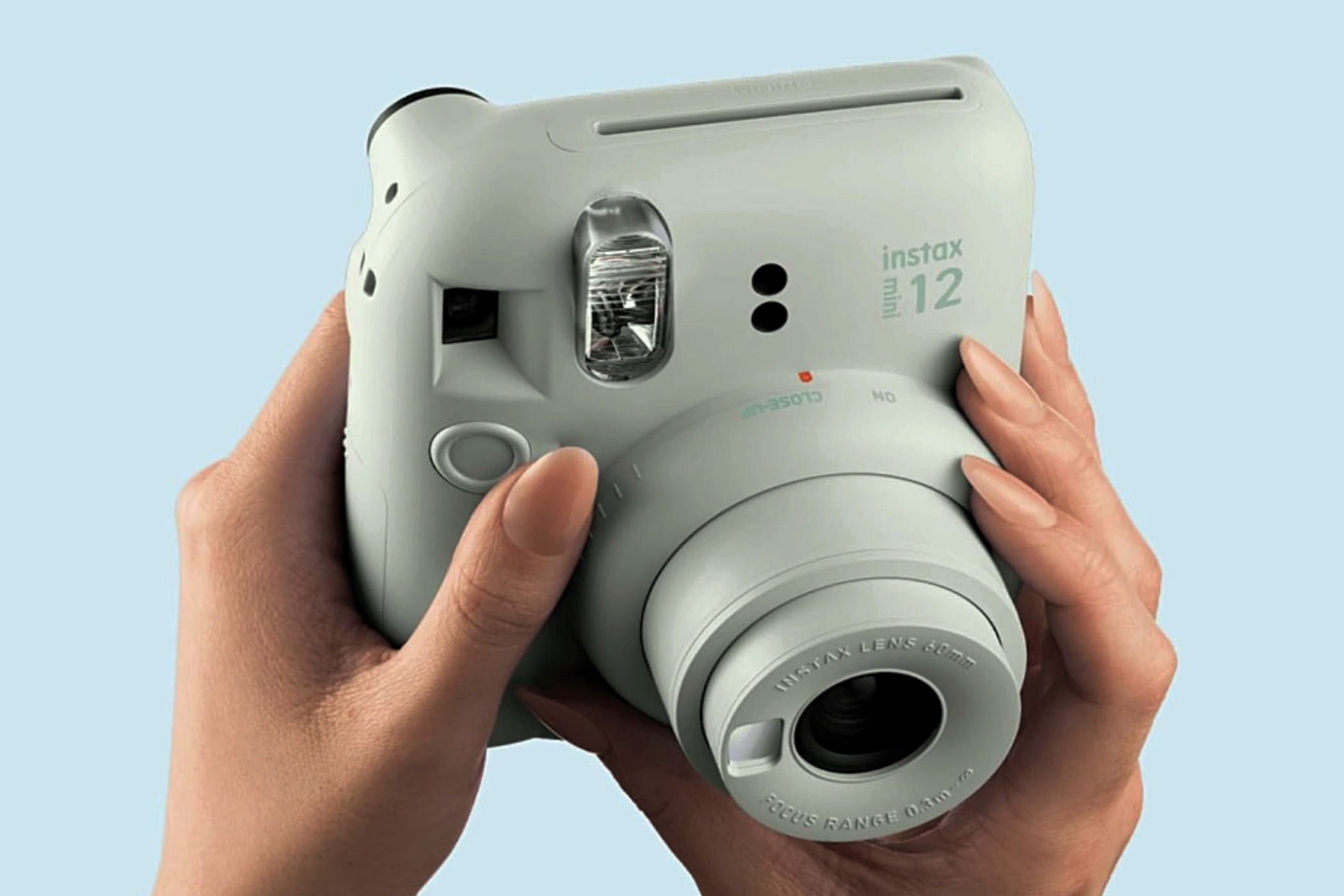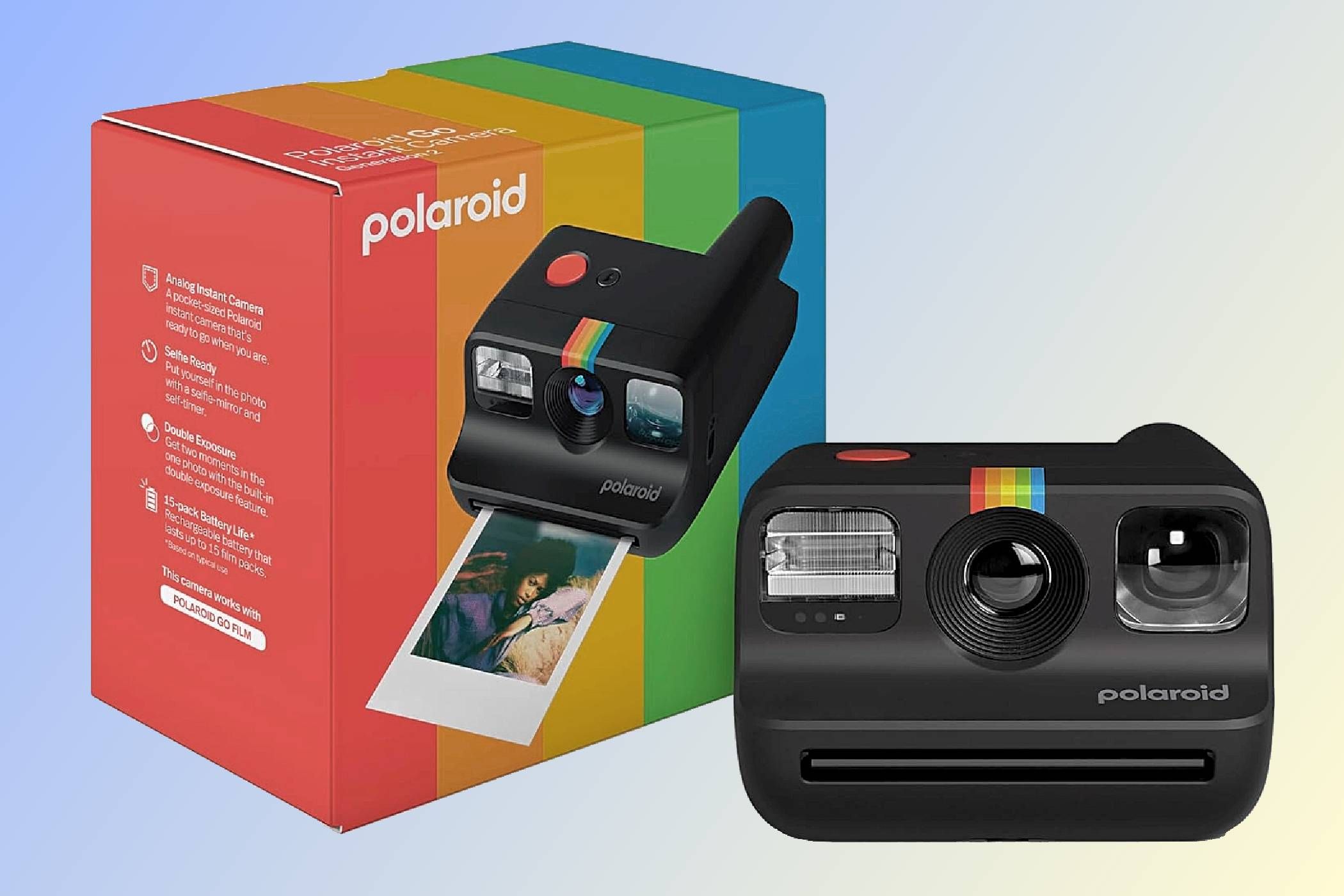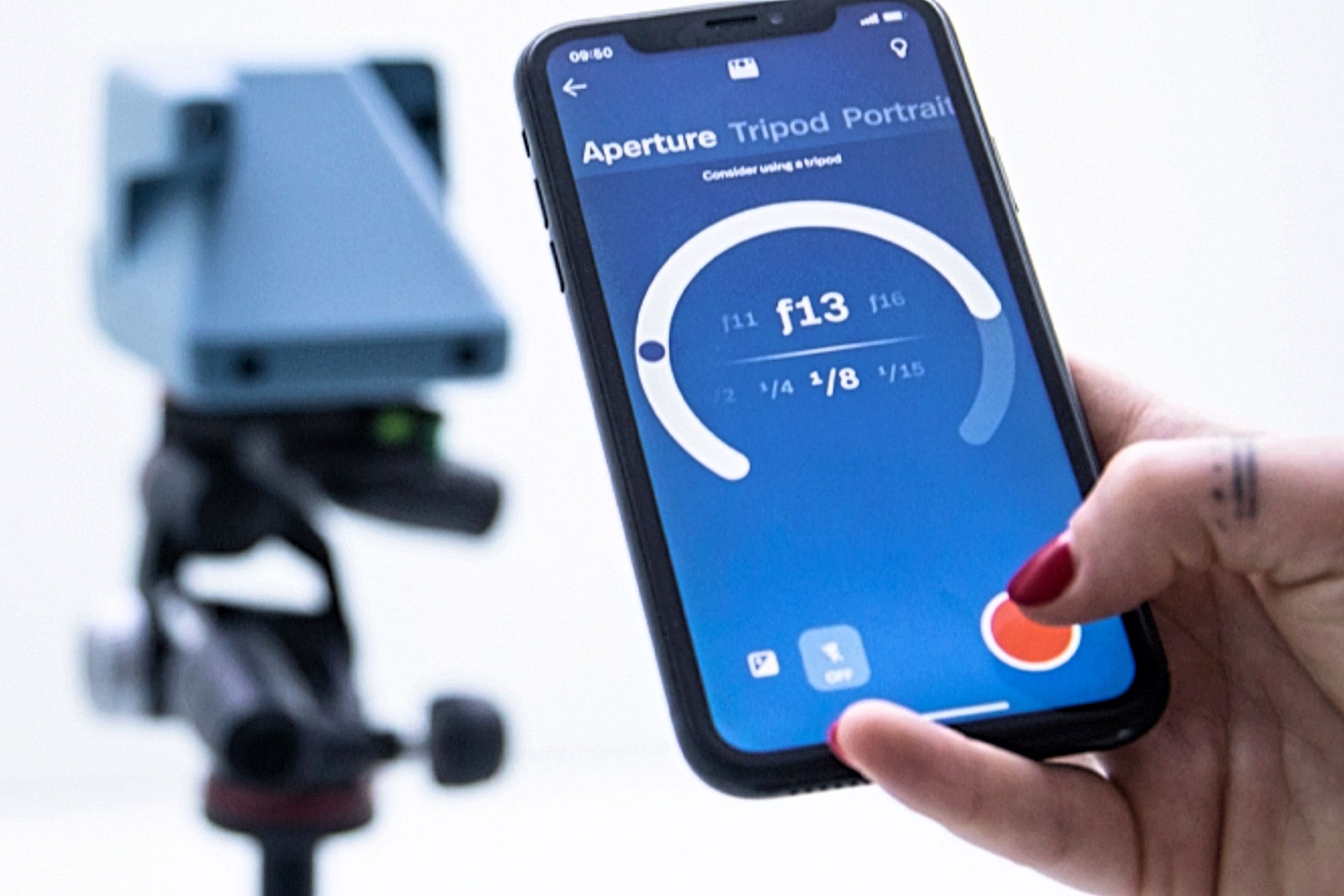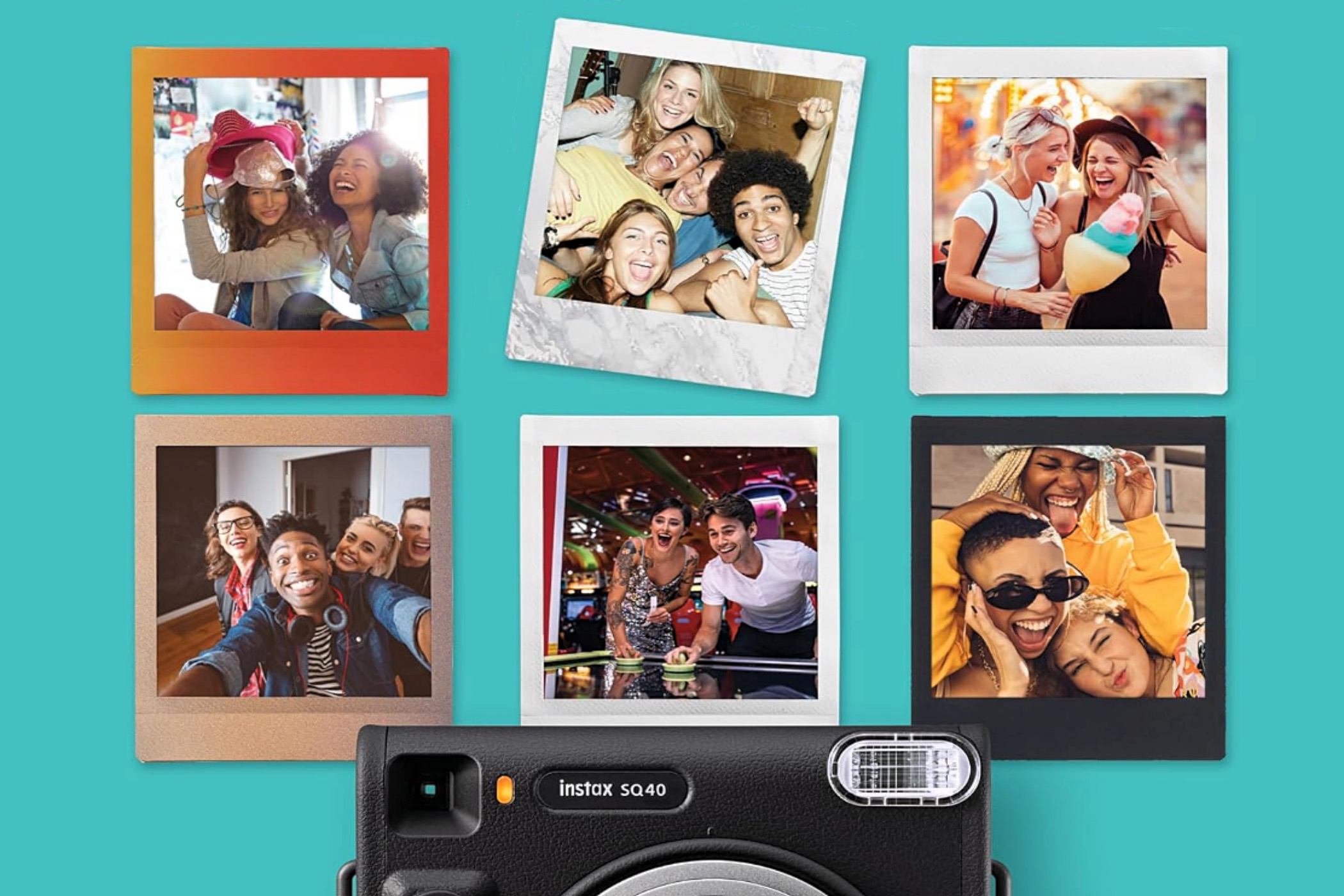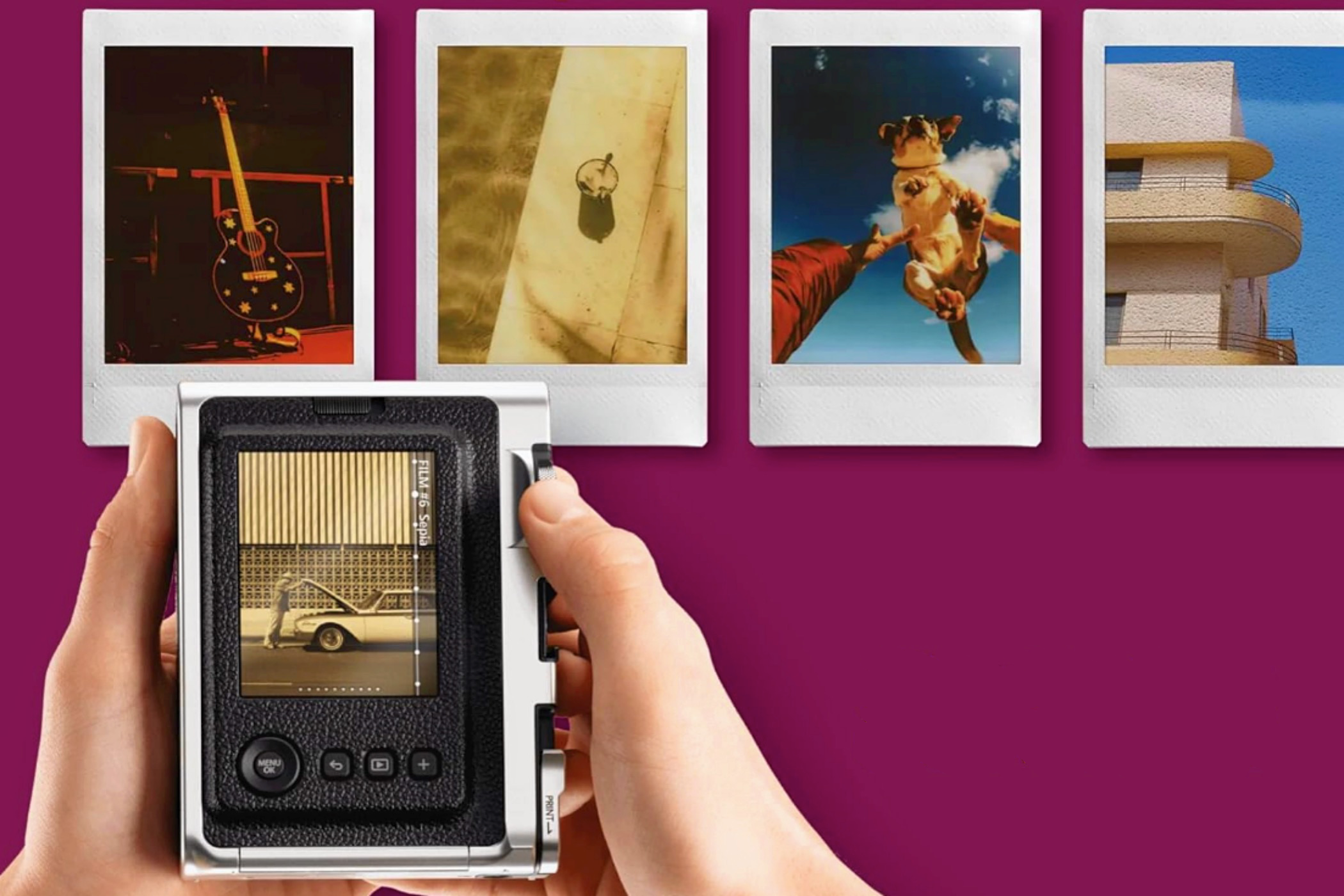Forget Instagram filters and endless digital albums—instant cameras let you create one-of-a-kind snapshots to cherish or share as meaningful mementos. With classic cameras from Polaroid and Instax combining classic charm with creative possibilities, every shot is timeless.
What to Consider Before Buying an Instant Camera
In the past, people performed this carefree photo-taking procedure with an instant camera. They delivered tangible memories in the form of prints you could hold and cherish. You might have had to wait for it to develop, but this added to the anticipation. Furthermore, when you look back at some of those old Polaroid memories of yesteryear that many of us have stored away in closets and attics, there’s something warm and charming about them.
Today’s instant cameras still deliver this print style with their distinct vintage character of high contrast, muted tones, and soft details. What’s more, they can be a hit at parties by exciting partygoers and stimulating conversation, while handing a child a printed birthday photo remains a rare, memorable gesture in today’s digital world.
However, these point-and-shoot printers will likely not get you on the front cover of National Geographic. Serious photographers often lean toward a good DSLR, while the best mirrorless cameras are also an enticing buy for enthusiasts and professionals alike. And despite the debate among photography purists, the best smartphones produce excellent results, while a simple point-and-shoot digital camera can also deliver surprisingly good images.
Yet, they still don’t give you a print in hand and can’t quite replicate that instant film look that we all know and love. When buying an instant camera today, read reviews and confirm the model you are considering delivers authentic, vintage-style photos. While this is a pleasing quality, ensure it also produces enough detail to make the purchase worthwhile.
Instant cameras perform best in good light, especially outdoors on sunny days. That said, you may be interested in shooting in low-light situations, too. Controlling exposures and the flash are aspects many buyers wish for. You may even want to check that it has a thread to mount it on a tripod. However, manual shooting in low light requires a little photography knowledge. Those with automatic settings are best for beginners or people with little to no expertise just looking for a casual point-shoot-and-print experience.
Other factors, such as portability, are essential, too. Most of them are not pocketable, but some are smaller than others. You can often operate the more compact options with one hand, which can be convenient, but they are also easy to pack away or slip into a bag when traveling. However, the print size will be smaller than that of larger cameras.
Of course, how much cash you are willing to fork out is also a priority. Spend within your means, especially if you’re buying it for a specific event and think you won’t use the camera again afterward. If you want to use it long-term, you need to consider the price of the film. Some models have more affordable film than others, so you should consider this if budget is an issue. Buying in bulk can save you money in the long run. But that’s only relevant if your instant camera doesn’t end up as a one-occasion fad that’s boxed away as soon as the novelty wears off.
If you’ll want to use it again and again, build quality is another important aspect. Most have plastic builds of varying standards, so check the materials and read customer reviews to ensure your purchase will have longevity. Look for high-impact plastic, such as ABS or polycarbonate, for durability.
Considering these factors, let’s now look at some of the best instant cameras available today.
|
How Did We Research |
||
|
Models Evaluated |
Hours Researched |
Reviews Analyzed |
|
15 |
3 |
15 |
How-To Geek’s product recommendations come from the same team of experts that have helped people fix their gadgets over one billion times. We only recommend the best products based on our research and expertise. We never accept payment to endorse or review a product.
Read More »
|
Pros |
Cons |
|---|---|
|
Beginner-friendly operation |
Flash cannot be disabled |
|
Twistable lens for power and close-ups |
Limited creative features |
|
Vibrant prints with a vintage aesthetic |
|
|
Long-lasting battery |
|
|
Simple film loading |
If you’re considering buying an instant camera, our top recommendation is the Fujifilm Instax Mini 12. With a playful yet ergonomic design, user-friendly features, and vibrant, retro-looking prints, it has everything you need. This is especially true for casual snappers who are not looking for anything overly technical.
The Mini 12’s cheerful nature is first seen in its curvaceous build and pastel color choices. It’s available in mint green or lilac, among other colors. While this and its slightly cartoonish design make it look like a toy, the plastic build is still robust, and the aesthetics are still tasteful.
The best upgrade on the Instax Mini 11 is the new twistable on/off lens mechanism. The power button has been ditched altogether, which improves the camera’s aesthetics, and the curved and elegant ergonomics offer easy handling. The twisty lens also doubles as a tool for selfies and close-up photography. In addition, there’s a handy little mirror just above the lens that you can use to compose your portraits and any group shots.
It’s not pocketable by any means, but it is smaller than its predecessor. At 10.8 ounces, it’s easy to carry around the party while waiting for spontaneous moments. In fact, this camera is suitable for one-handed use, which will come in handy when the other hand is occupied with a delicious cocktail.
Everything is automatic, underpinning ease of use. Shutter speed and exposure are taken care of, and the flash is always on, with the latter auto-adjusting to balance well with the auto-exposure. This makes it ideal for beginners and casual use. Anyone seeking a more customizable camera to get creative with should consider something more advanced, like the Polaroid Now+ Gen 2 or the Instax Mini Evo.
Yet, despite the budget-friendly price, the Instax Mini 12 ranks highly among instant cameras for image quality. They, of course, have that vintage instant-film look about them, characterized by high contrast and occasional imperfections. Yet, this is the charm of instant film prints. But in good light, color reproduction is vibrant and details are well-defined.
However, in very bright light, it can overexpose images. While low-light performance is generally good, it can sometimes struggle to balance the flash with available ambient light indoors. It performs better in truly low-light conditions by producing detailed results with effective illumination in complete darkness.
Images take just 90 seconds to fully develop, making it a true ‘instant’ camera. Loading the film is simple, and next to the film compartment is a counter that displays how many shots are left. Fujifilm states you should get around 100 images from two AA batteries.
Should you need it, the Instax UP! companion app allows you to scan a digital copy of your images and make any necessary corrections on your smartphone. You can change the color temperature and saturation, adjust contrast and brightness, or remove reflections and crop images as you see fit.
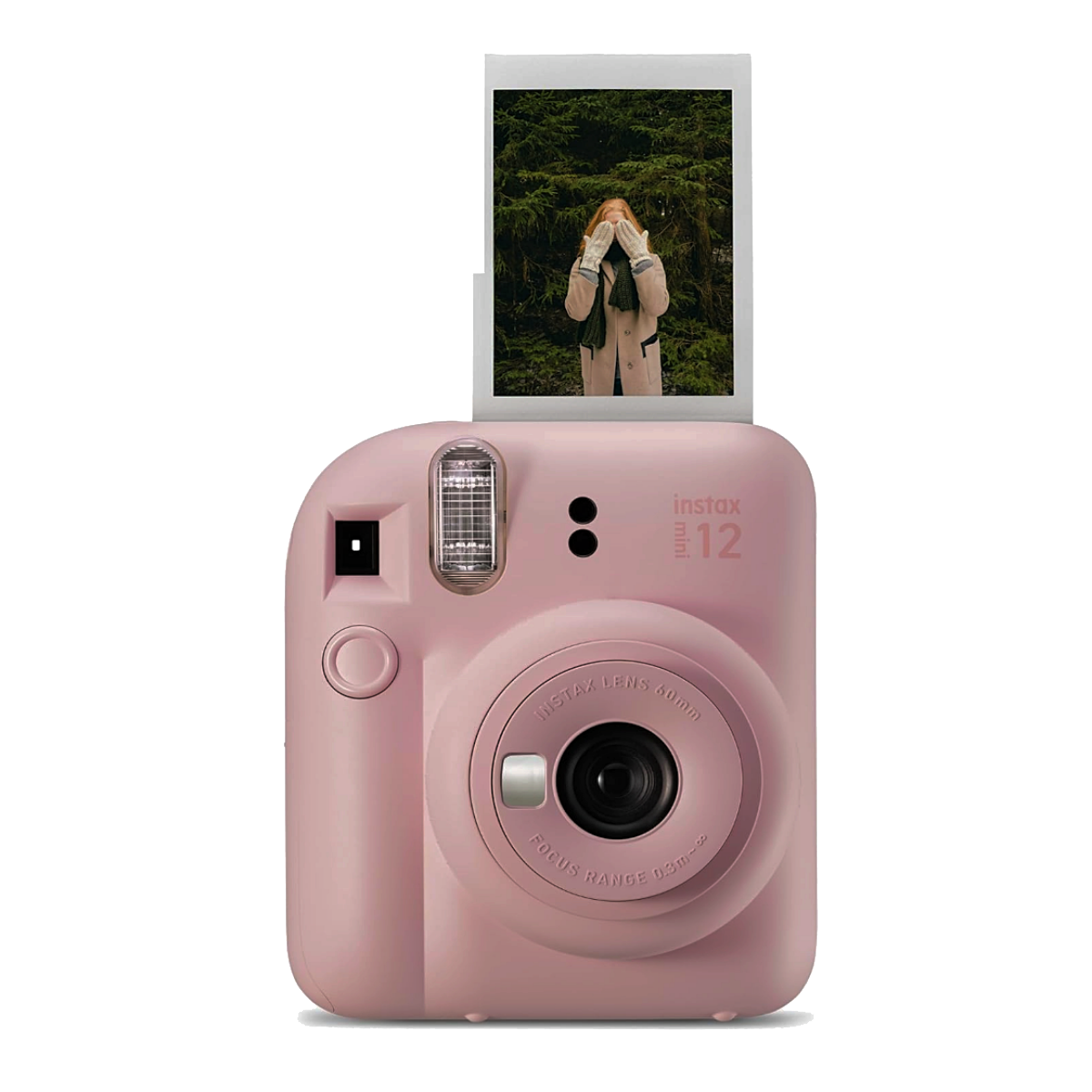

Best Instant Camera Overall
Fujifilm Instax Mini 12
The Fujifilm Instax Mini 12 is a fun, easy-to-use instant camera with reliable performance, making it a solid choice for instant photography.
|
Pros |
Cons |
|---|---|
|
Extremely portable and lightweight |
Small print size |
|
Simple, intuitive controls |
Weak flash performance |
|
Fast startup and responsive operation |
Limited low-light capability |
|
Double exposure and self-timer features |
Not only is the Polaroid Go Generation 2 an excellent budget option, but it would also fit into the ‘Most Portable’ category if we chose to have one. Polaroid claims the Go (Gen 2) is the smallest instant camera in the world. The 3.3 x 4.1 x 2.4-inch dimensions and 8.4-ounce weight are certainly practical, and it’s pretty sturdy with its polycarbonate and ABS plastic build.
There are just three simple buttons to activate the power, shutter, and flash. Additionally, you can hold down the flash button to activate a nine-second timer or double-press it for a double exposure. Controls are tactile and responsive, with little delay when turning it on. Film is easy to load, and a small LED shows how many shots you have left. It’s comfortable in the hand, and the viewfinder has a convenient selfie mirror that reinforces the camera’s easy-to-use nature.
It’s available in red, blue, black, or white, each featuring the classic Polaroid rainbow stripe. However, because of the portable build, the prints are also small at 2.6 x 2.1 inches, with the border making the actual image area a square 1.8×1.8 inches.
Picture quality showcases the classic Polaroid style. Shots in good light produce the best results, with pastel tones giving images an authentic retro aesthetic that will appeal to anyone who embraces Polaroid nostalgia. This retro charm extends into the slightly hazy pictures and color casting, but the exposure balance may not always be perfect. The plastic lens can also create a flare when shooting directly into bright light. After dark or when shooting indoors, detail is affected, especially as the flash is not particularly strong with its two-meter range.
Prints take around 15 minutes to develop, although 20 minutes reveals slightly more detail. It’s also advisable to protect the prints from bright light until they have developed. Polaroid claims you’ll get 120 shots per charge—the reality may be somewhat different, and it costs $1.25 per photo with a standard film pack containing enough for 16 shots. However, if you consistently use the camera, you may as well save money on film by buying a 48-pack.
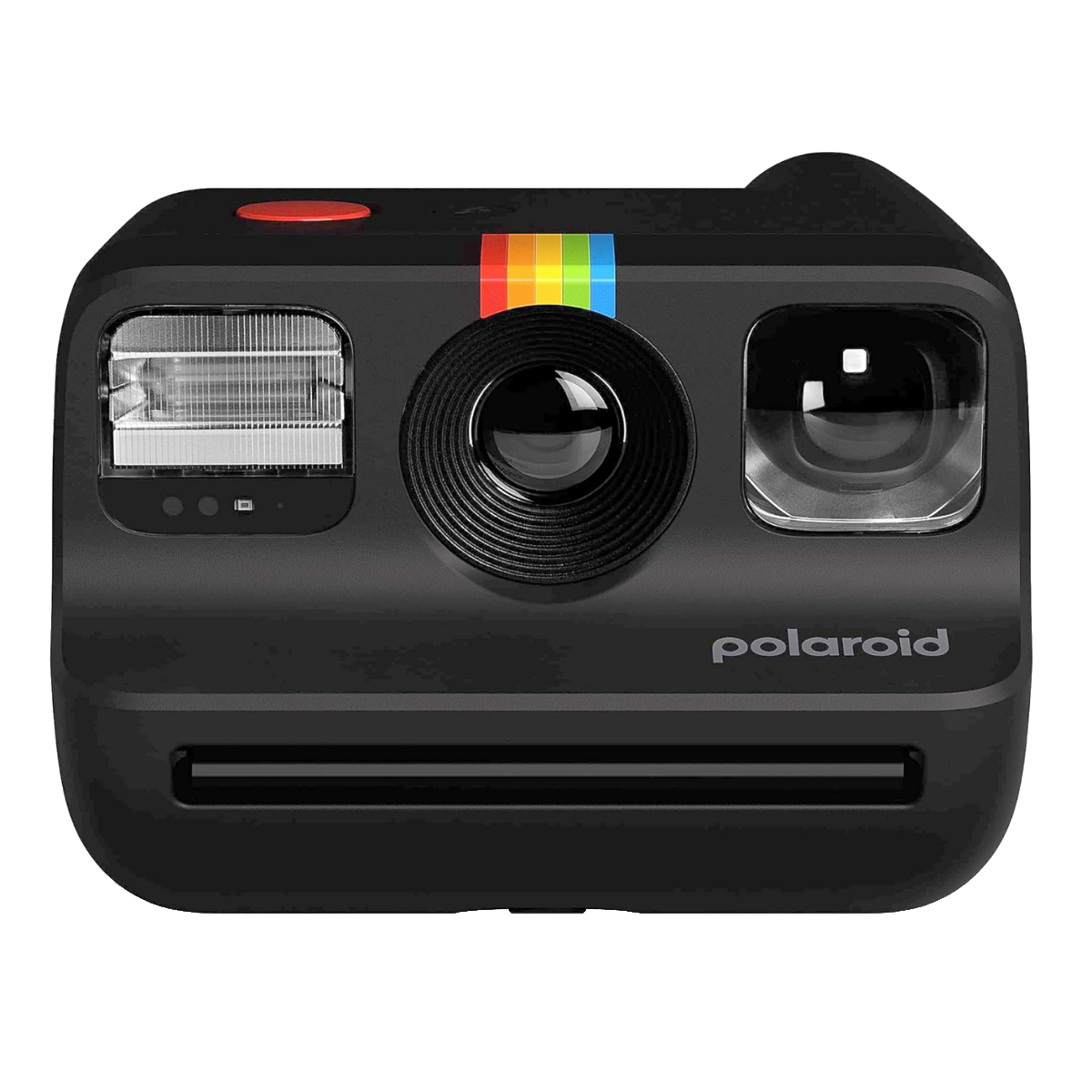

Best Budget Instant Camera
Polaroid Go Generation 2
$72 $100 Save $28
The budget-friendly Polaroid Go Generation 2 packs retro instant-photo charm into a pocket-sized package.
|
Pros |
Cons |
|---|---|
|
Strong vintage aesthetic in images |
Relatively expensive per-shot cost |
|
Plenty of creative tools |
Bulky and somewhat awkward to handle |
|
Tripod mount |
Poor low-light performance |
|
USB-C charging |
Small viewfinder |
|
Long battery life |
The Polaroid Now+ (Generation 2) is, of course, the follow-up to the original. However, with upgrades in the hardware only, there is little difference in performance between the two. A USB-C port has replaced the original’s Micro USB. It’s also slightly lighter, and the logo has been updated. If these changes aren’t enough to buy the Gen 2, you might enjoy the original Polaroid Now+ at a lower price. Otherwise, the sequel gives you the same creative opportunities as the first and is available in black, white, or forest green.
However, it is a bit on the bulky side. It weighs 1.24 pounds, and the design is minimalist, with just the eye-catching rainbow logo adding pizazz to the look. That said, it does evoke nostalgic Polaroid aesthetics in its images. The look can be described as vintage with characteristic tones of magenta and cyan prominent. The soft colors reveal surprisingly fine details, and the camera tends to underexpose images, which results in more detailed highlights. You’ll get the best results by shooting outdoors in good light, and image development takes 15–20 minutes.
The aperture is narrow, which makes shooting in low light difficult. The flash range is okay for close-ups, but it doesn’t suffice for wide scenes. However, creatives shouldn’t be too deterred because they can manually adjust settings using the companion app.
This is where the device truly starts to shine. You can adjust the aperture and shutter speed settings and tweak exposure control. For longer exposures, you’ll need to switch to Tripod Mode and attach it to a three-legged mount. Surprisingly, there’s a quarter-inch thread on the bottom, reinforcing that this is an instant camera for creative types. You can also use the app to extend the self-timer or even just use it as a shutter remote.
Artistic shutterbugs can get busy with the double exposure button that allows you to layer images on top of each other for some surreal compositions. The box also includes five filters of various colors and effects, including blue, yellow, and orange, a red vignette and a starburst filter to create a star-like effect around image highlights.
Battery life is good, too. You should be able to shoot around 120 images before needing a recharge, and a USB-C charging cable comes in the box. However, film costs over $2 per image if you buy a small eight-pack. That said, buying in bulk (up to a 40-pack) can save you a lot.
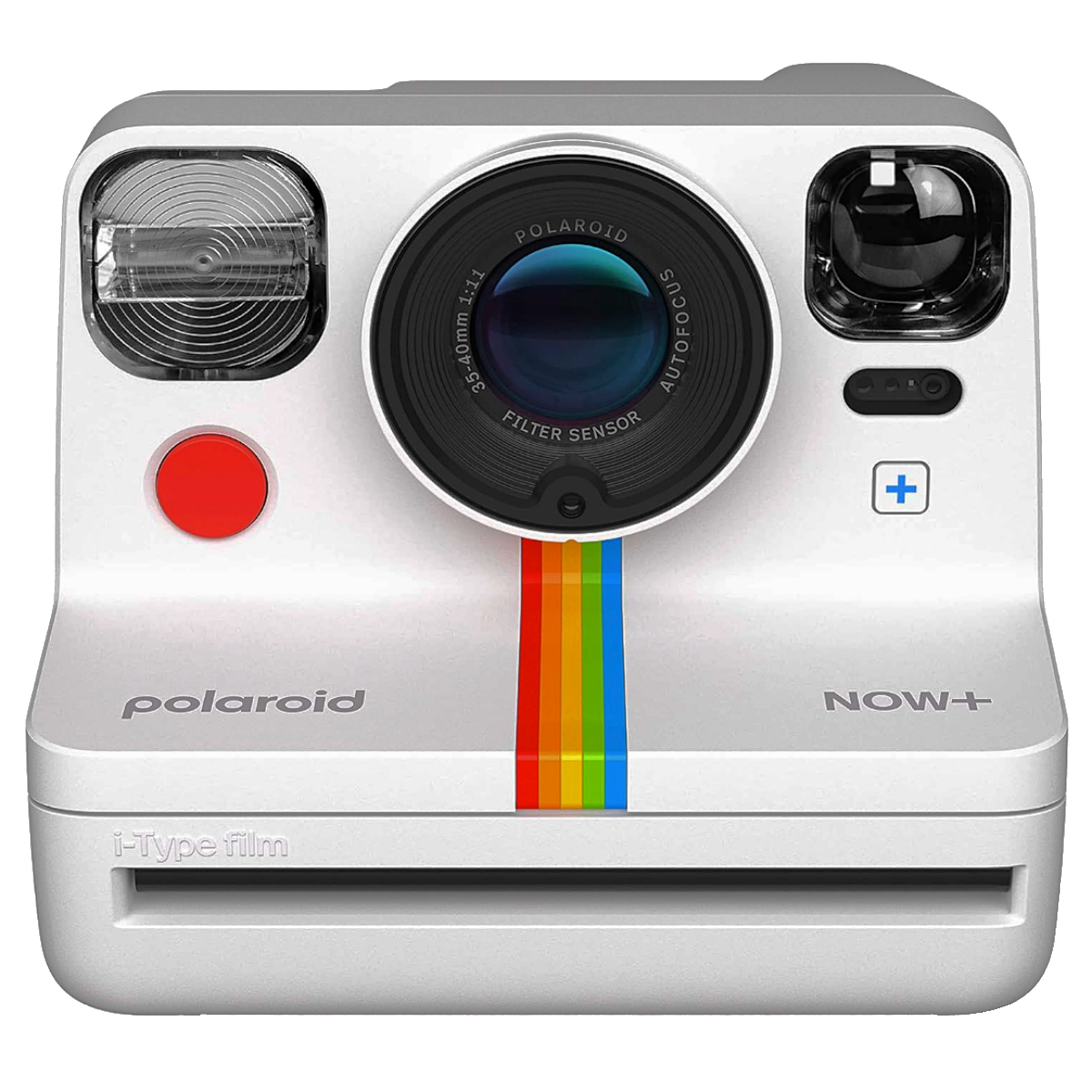

Best Instant Camera for Creatives
Polaroid Now+ (Gen 2)
$120 $150 Save $30
The Polaroid Now+ Generation 2 puts creative control in photographers’ hands, blending vintage instant photo aesthetics with app-driven settings and artistic filters.
|
Pros |
Cons |
|---|---|
|
Stylish retro design |
Always-on flash |
|
Grippy faux-leather finish |
Struggles in extreme brightness and low light |
|
Simple point-and-shoot functionality |
Chunky build |
|
Consistent auto-exposure for well-lit photos |
Limited customizability |
The Fujifilm Instax SQ40 can be a little more expensive than its competitors. However, it is the same as the Fujifilm SQ1, which the company claims to be the most popular square-format instant camera in the world. Everything but the faux leather finish is the same, including all the features and image quality. The SQ40 also offers the same point-and-shoot ease of use, but the imitation leather finish is more grippy, which makes this chunky camera more comfortable to hold.
With its thick plastic, the build quality is decently robust. But, at 5.3 x 2.7 x 2.4 inches and a weight of exactly one pound, the SQ40 isn’t fitting into any regular pocket. The retractable lens offers a twistable ring for simple operation. It turns the camera on or off, and there’s a third setting for taking selfies. However, the front mirror for composing your vanity pics is small, and its usefulness is debatable. Another feature that may be seen as a flaw is the always-on flash. On top of the auto-exposure, this makes the SQ40 limited in terms of customizability. That said, its point-and-shoot simplicity makes it a good choice for casual users who have no desire to contemplate technical details.
Said auto-exposure ranges from one-half to 1/400 of a second, meaning the camera can handle a good range of lighting. It has exceptions, such as very bright sunlight and most low-light settings, but it can deal with many daytime outdoor scenes and even moderately dim interiors. For the latter, your subject must be within the 2.2-meter flash range. Furthermore, the viewfinder features built-in parallax correction, which works well if you are not overly close to your subject. This feature ensures your viewfinder composition closely resembles the final image.
Pictures showcase the nostalgic look expected from instant cameras. The sharpness may be softer, and details may not be quite as defined. However, in good light, colors are vibrant without oversaturation, and the camera can capture moving subjects surprisingly well.
The Instax Square film produces 2.4 x 2.4-inch images with a border for large square photos, and they fully develop quite quickly at around 2–5 minutes. The dual CR2 batteries allow for around 300 shots. Instax Square Film comes in packs of 20 and various other sizes, including a 100-pack, although you only gain in convenience rather than monetary savings if you purchase larger packs. Some interesting film designs also give your pictures a nice border, including white marble, rainbow, and black.
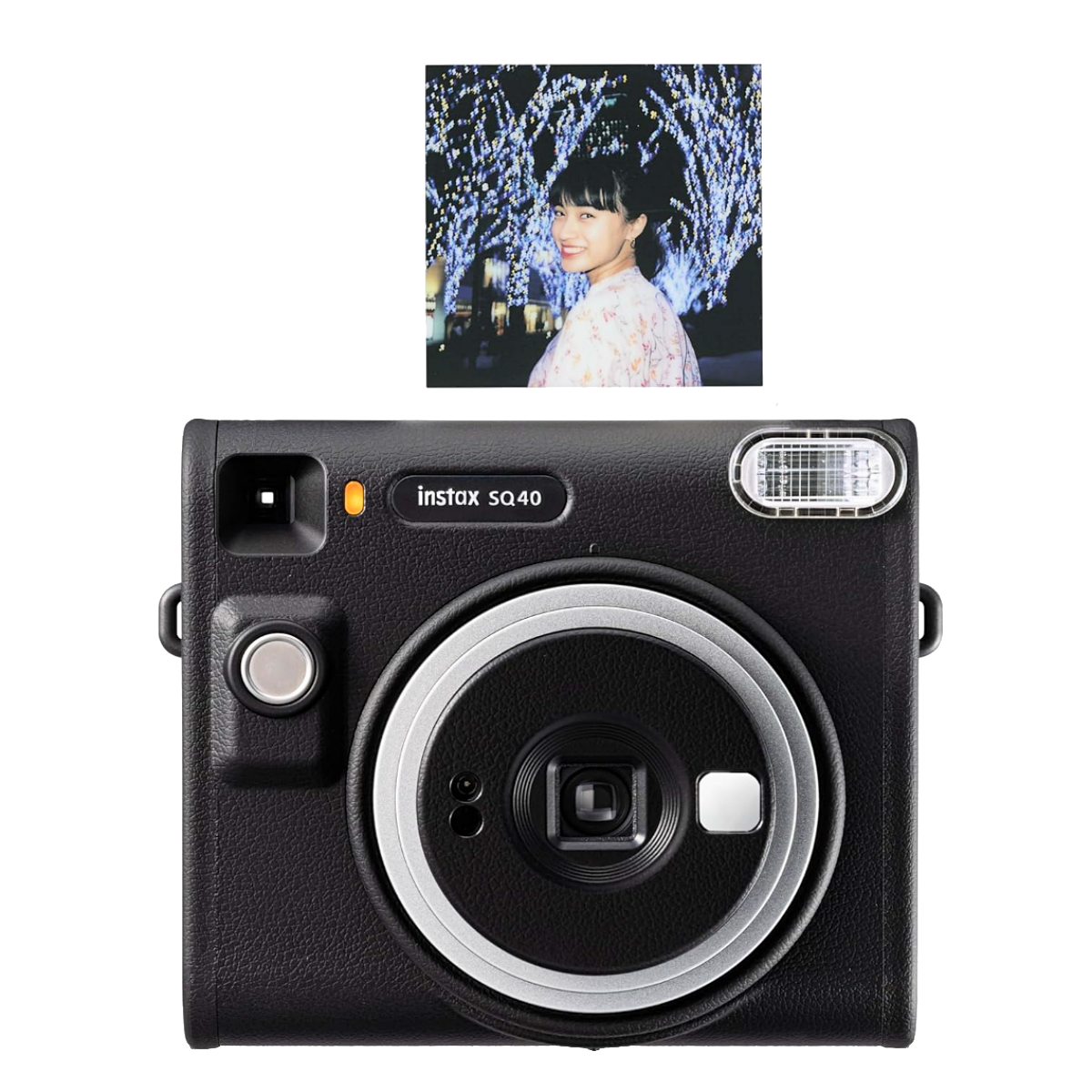

Best Instant Camera for Square Photos
Fujifilm Instax Square SQ40
The Fujifilm Instax SQ40 captures the essence of instant photography with its nostalgic charm and effortless simplicity.
|
Pros |
Cons |
|---|---|
|
Excellent creative options |
Micro USB charging port |
|
Compact and Lightweight |
Only printed images can be transferred to smartphones. |
|
Bluetooth printing and remote shutter control |
Challenging to see the LCD in bright sunlight. |
|
100-shot battery life |
Creative filters must be applied before shooting |
|
Built-in storage for 45 images |
For a hybrid instant device that combines digital and analog photography, consider the Fujifilm Instax Mini Evo. It borrows aesthetics from old film cameras and offers abundant creative possibilities while doubling as an Instax film printer. It’s compact and lightweight with its travel-friendly 4.8 x 3.4 x 1.4-inch dimensions and 10-ounce weight.
Design-wise, it features a convenient film-advance-style lever for printing. However, the camera’s rear is a bit cramped, with small controls that can be difficult to navigate. There’s also the absence of a viewfinder to consider because the small LCD can be difficult to see when the sun is bright. That said, these are some trade-offs you need to accept to enjoy the portable form factor and hybrid design.
The Mini Evo offers 10 lens effects and 10 filters, allowing 100 creative combinations. You can overlay separate images using mirror mode and dual photo, while other effects like soft focus, color shift, and light leak can create dreamy aesthetics, alter color tones, or simulate vintage imperfections. The hybrid design allows you to preview your images before printing, ensuring you only use up film for your best shots, but creative filters must be applied before capturing images, thus limiting flexibility.
Bluetooth connectivity enables printing images directly from your smartphone, meaning you can print snaps stored on your phone without first taking photos with the camera itself. This feature effectively turns the Mini Evo into a portable printer for smartphone users. The resulting images are consistent with the characteristic retro look of Instax film prints with a glossy, slightly soft finish and vibrant yet distinctive color saturation.
With an f/2 aperture and a fixed-focus lens, more light can reach the sensor, which enhances low-light performance. The Mini Evo is one of the best-performing instant cameras in low light, particularly when you use the flash. However, bright environments tend to overexpose images, but you can compensate for this with manual tweaking of the exposure compensation to control highlights more.
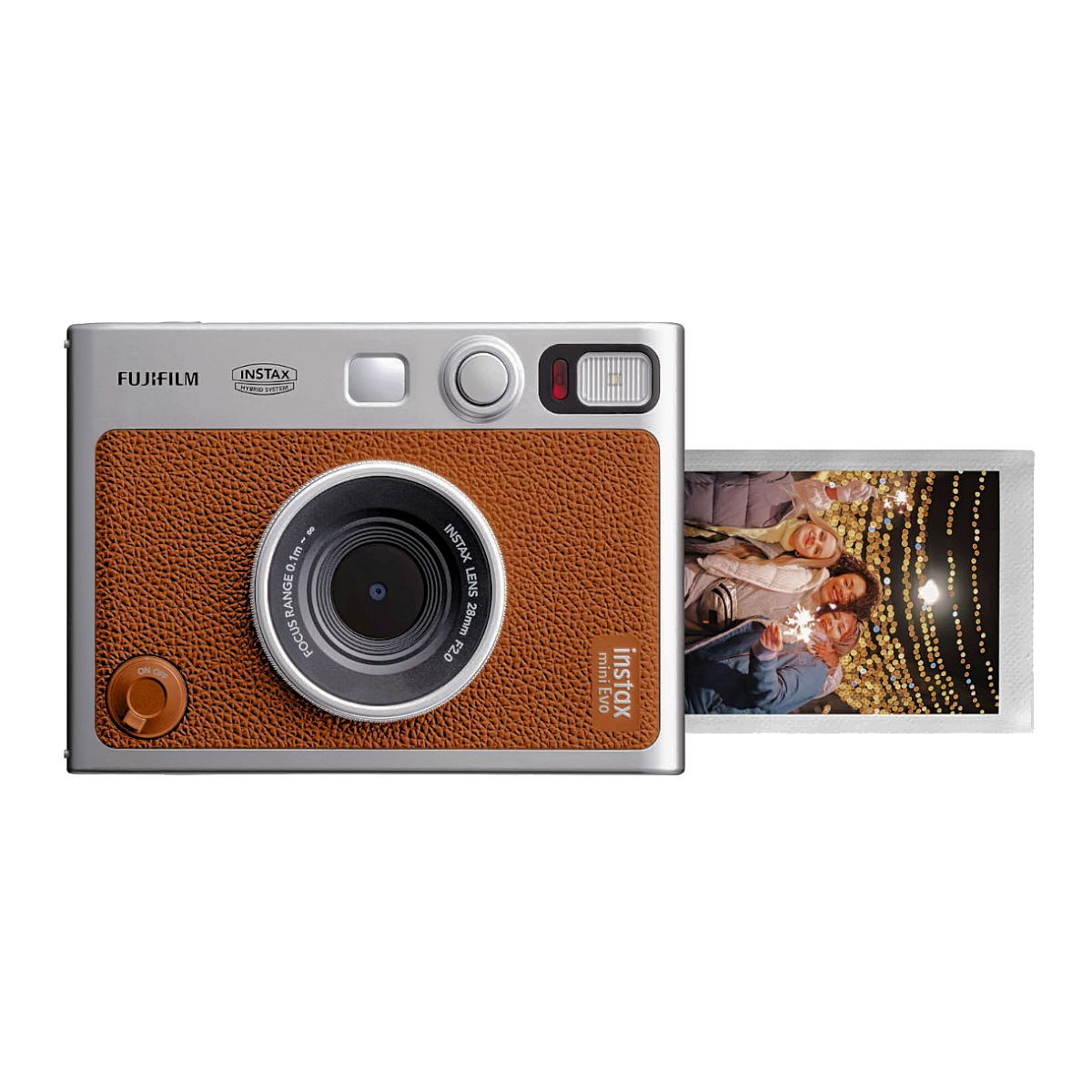

Best Hybrid Instant Camera
Fujifilm Instax Mini Evo
The Fujifilm Instax Mini Evo merges instant film’s analog appeal with digital versatility to deliver creative control and compact functionality in a thoughtful hybrid design.
